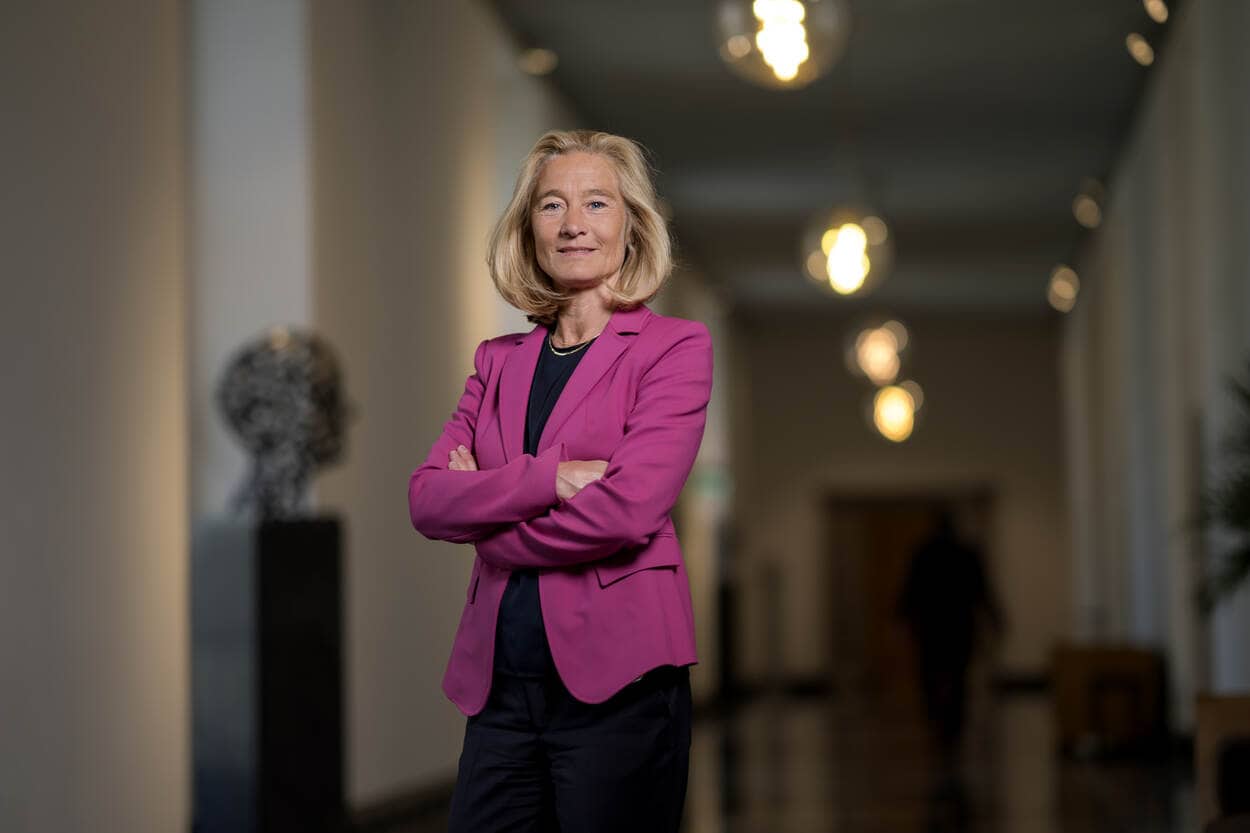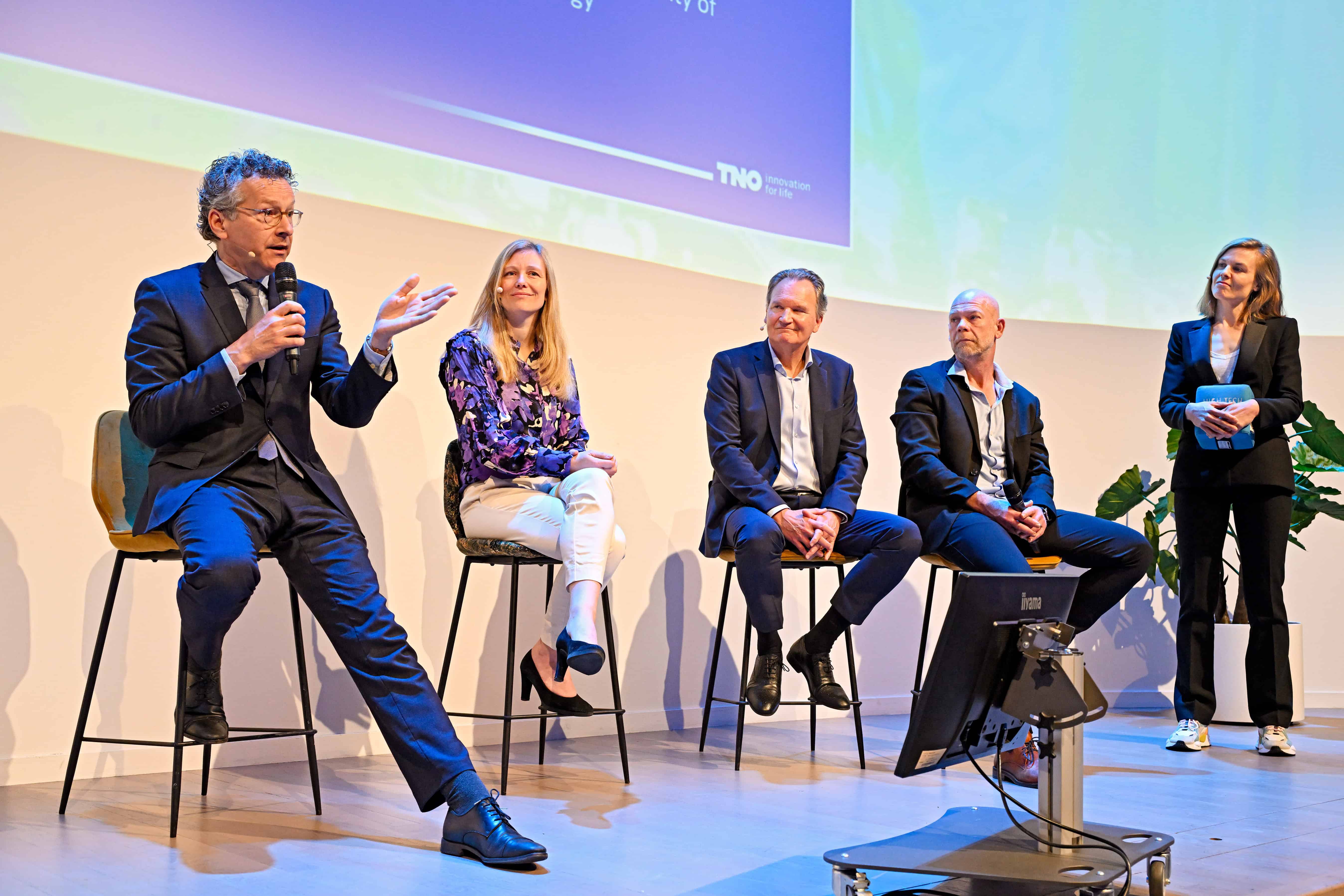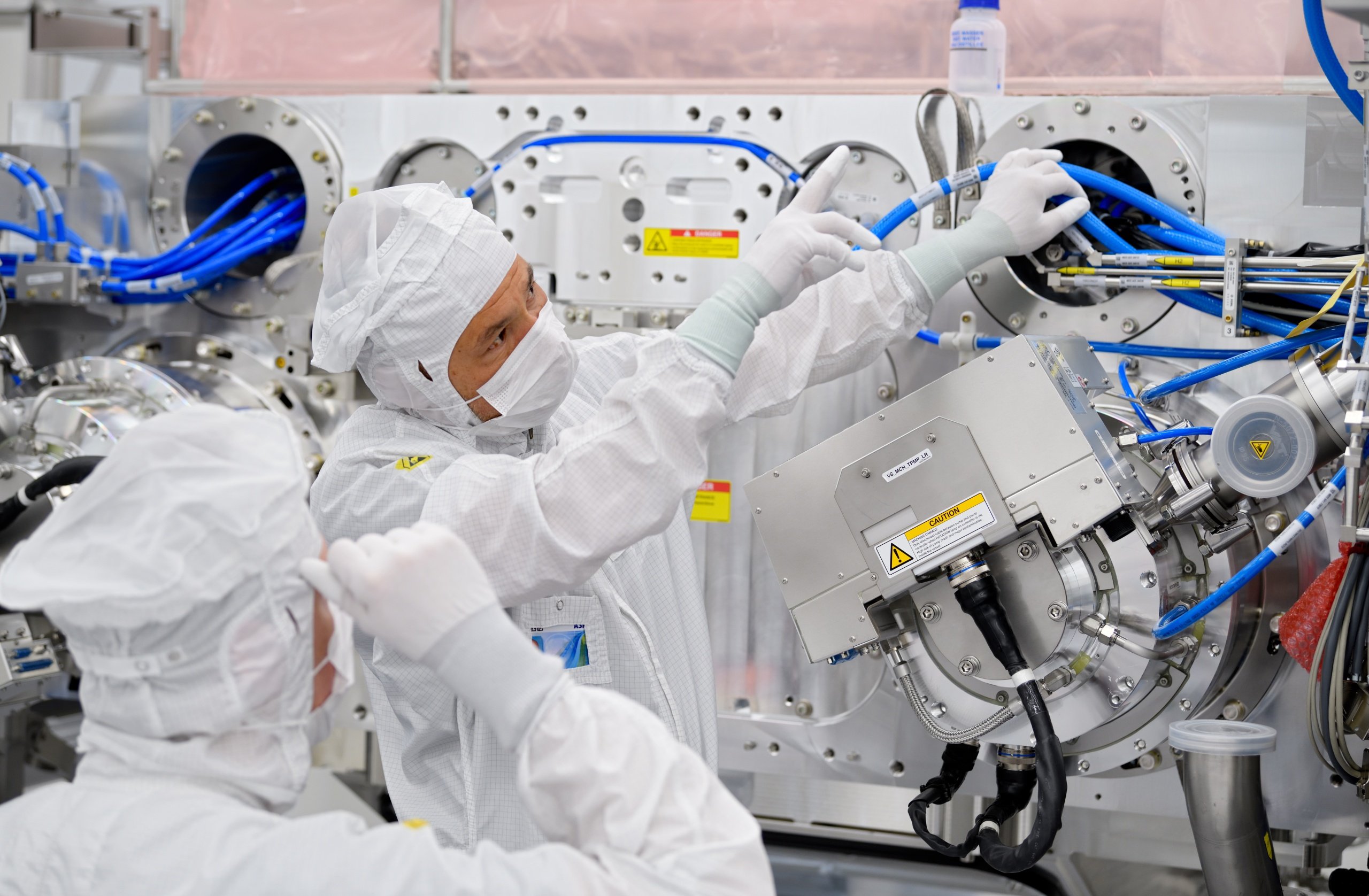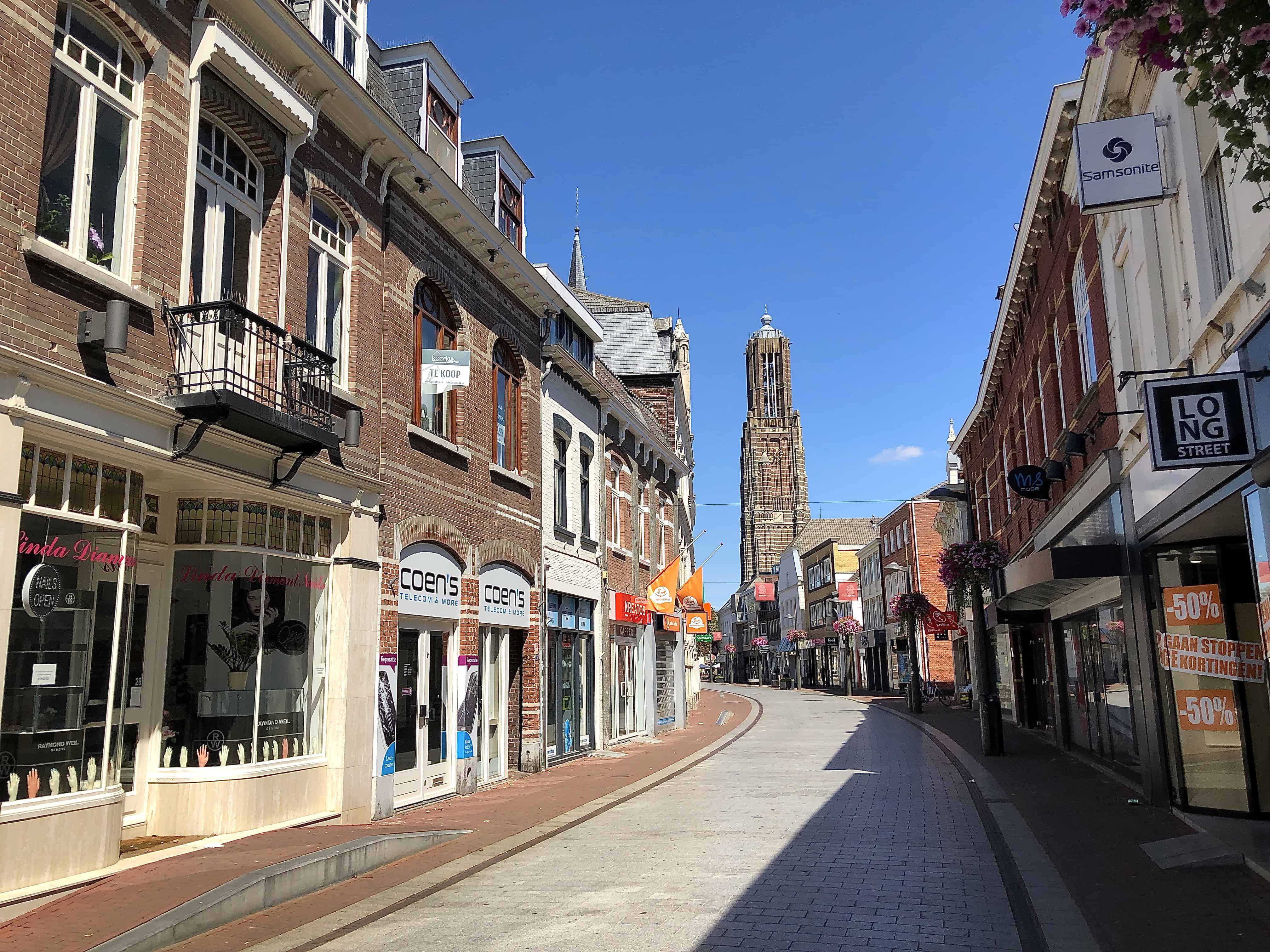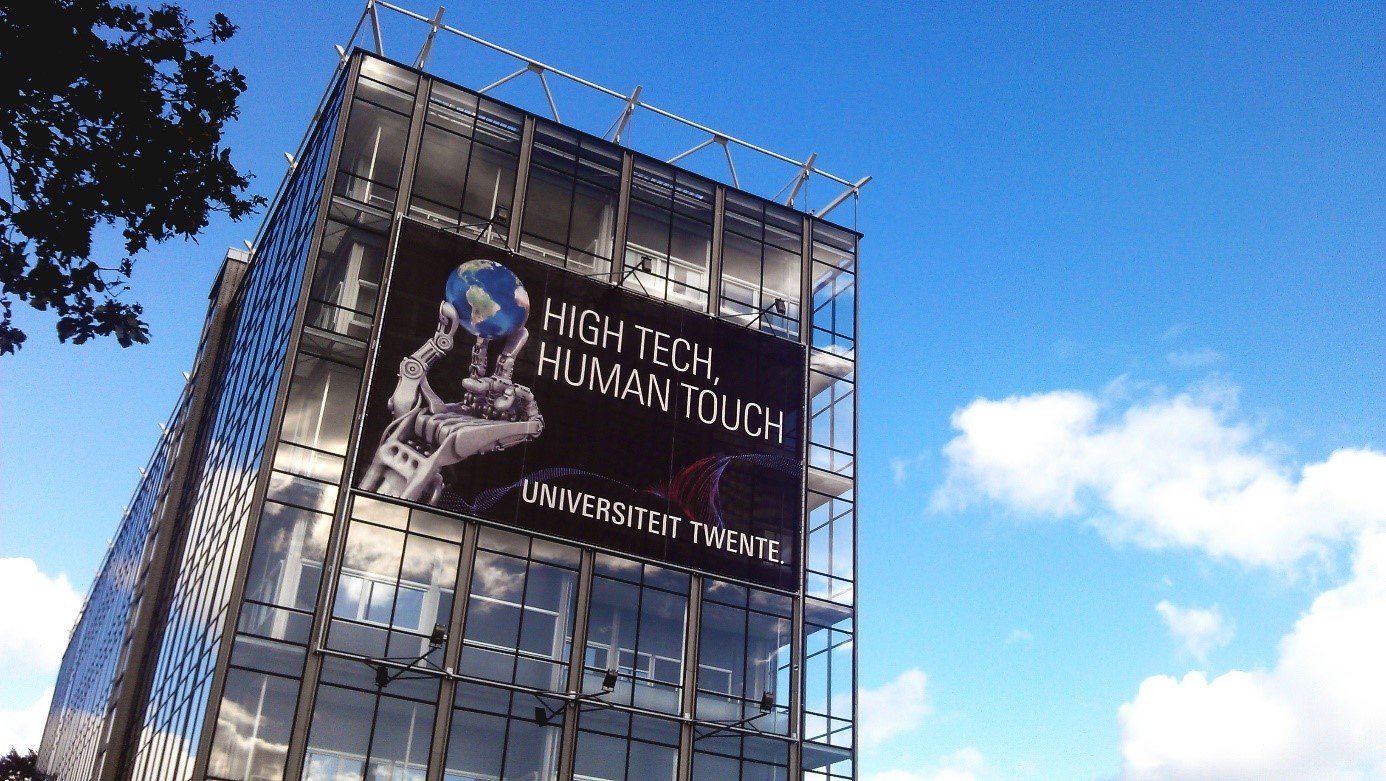
The cabinet’s planned investments in the Brainport Eindhoven region (€1.7 billion from the state, €0.8 billion from the region itself) emphasize Eindhoven’s role in Dutch technological development. Twente, also known for its technical expertise and entrepreneurship, should benefit fully from this growth, says Twente Board chairman Ank Bijleveld-Schouten. “Don’t put a fence around Brainport, but invest in ASML’s ecosystem, the Dutch semicon sector, and the future business climate.”
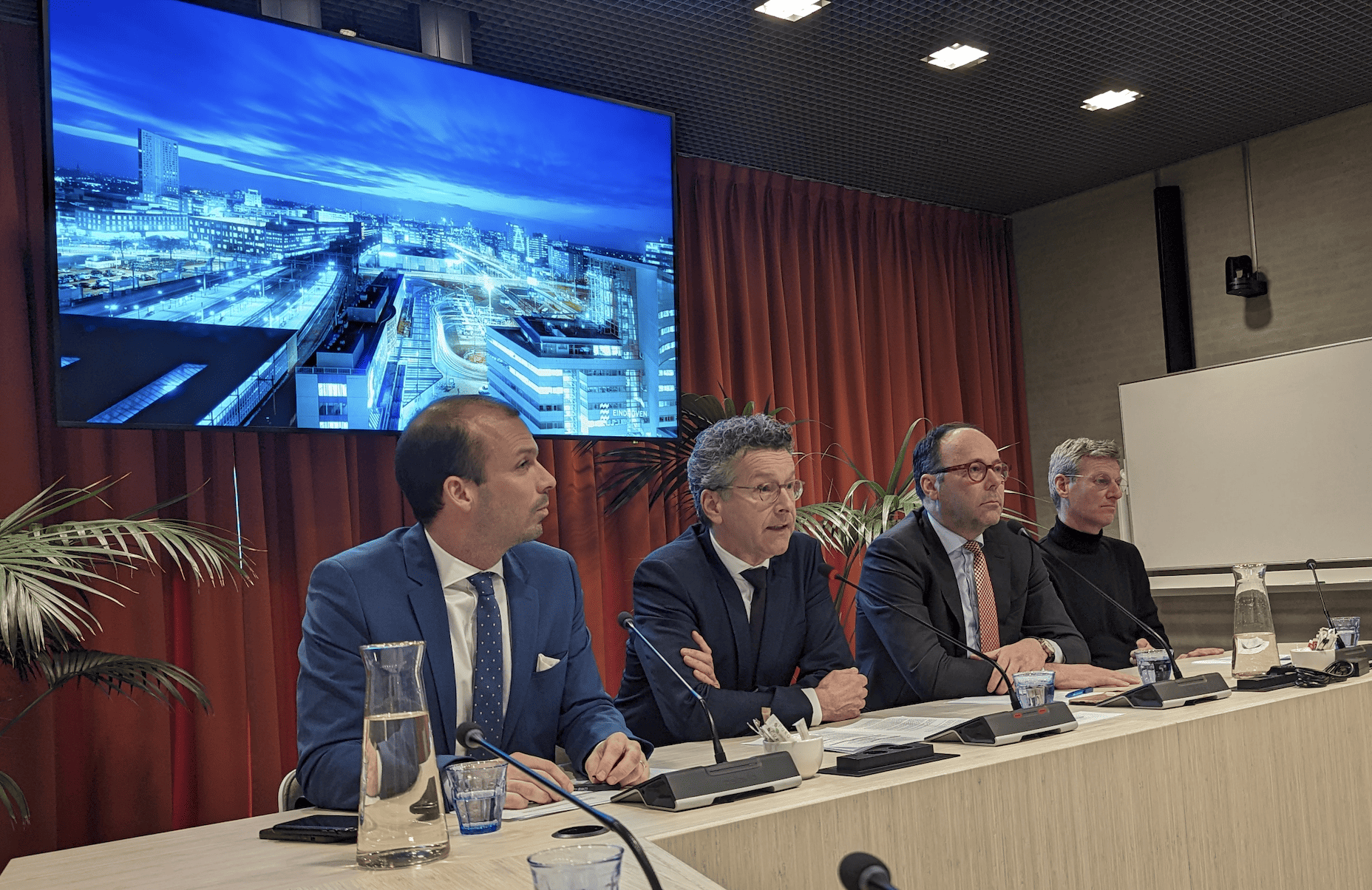
A substantial part of the pledged billions goes to education; not only Brainport benefits, but also centers like Twente, Delft, and Groningen. Twente views the Cabinet decision to give the proposed investments in technical talent a national focus as positive. According to the Twente Board, the University of Twente, Saxion, and ROC van Twente are ready for it. “The Ministry of Education is leading by example with investments in broad education. Now, the other ministries have to follow.”
In doing so, the region stresses the importance of investing in the broader high-tech ecosystem and “future industry leaders” in addition to current technology giants. There should be a national strategy encompassing all regional tech hubs. “The future of the Netherlands requires investment not only in the existing superpowers but also in the superpowers of tomorrow. Once, ASML sought space outside Philips by setting up in Veldhoven and almost went bankrupt. In this respect, Twente has room to grow and build housing, and its ecosystem is equipped for start-ups and scale-ups.”

Twente as a technology hub
The cabinet’s announcement could be a springboard for Twente to grow on par with Eindhoven. According to the region, the central government must consider Twente’s unique needs and opportunities when developing the high-tech industry. This would enable the area to unleash its full potential and contribute to national economic goals.
Twente Board draws hope from the recent conclusions of Eindhoven Mayor Jeroen Dijsselbloem, who indicated that Twente and Brainport do not compete but complement each other perfectly. This is also evident in the National Technology Strategy, Bijleveld-Schouten said. “Led by international figureheads, the University of Twente trains much of the technical talent needed for the semicon sector. High-quality facilities such as the MESA+ NanoLab and a strong business community in semicon, chip design, photonics, and microfluidics, for example, have contributed to a strong ecosystem in Twente around chip technology.”
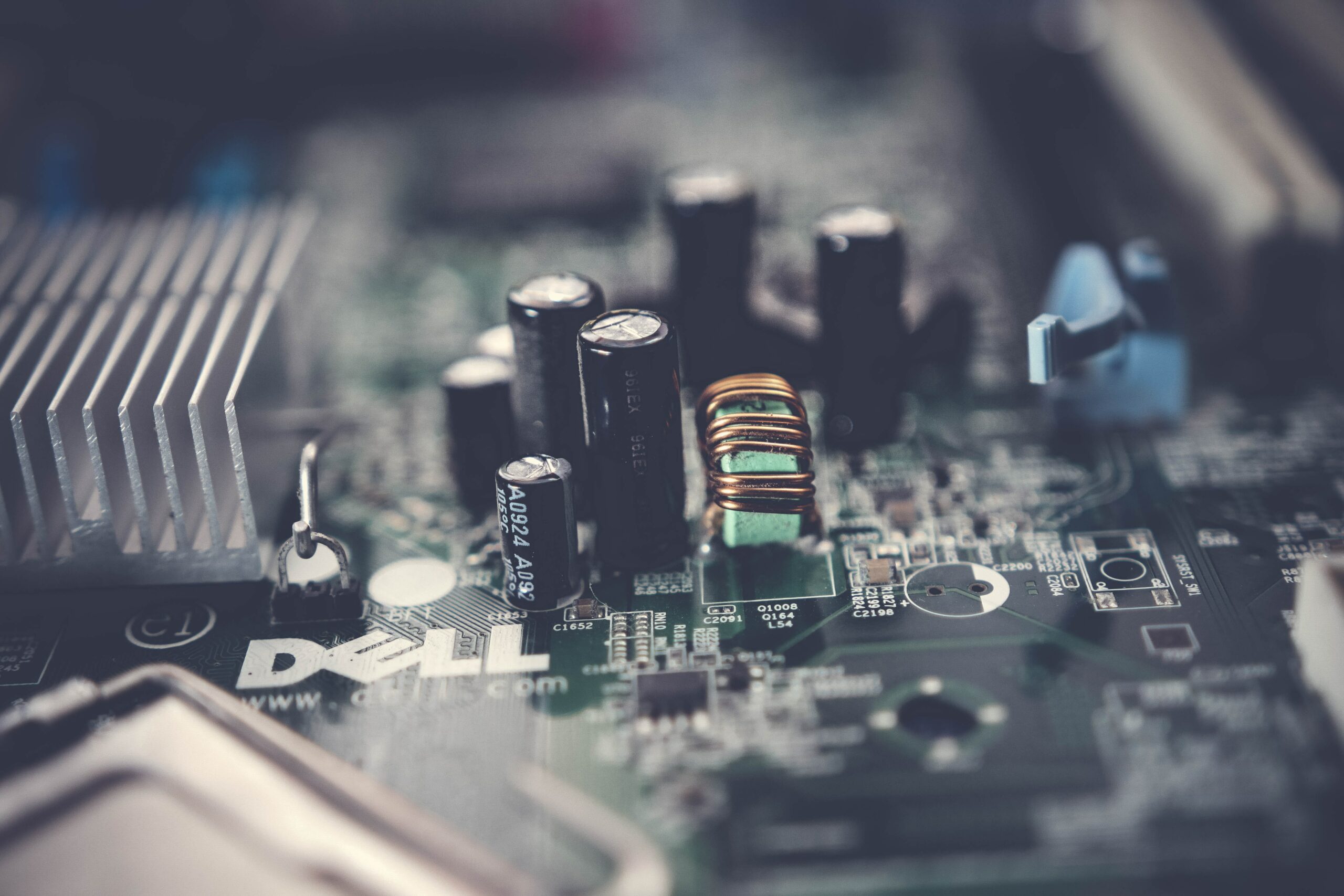
For example, she refers to VDL-ETG, responsible for a substantial part of ASML’s turnover. In Twente, this company is expected to grow to more than 1 billion euros in turnover, wants to expand by 1500 people, and will invest heavily in clean rooms needed to produce the modules for ASML. And that also requires investments such as those now promised to Brainport. “Without the right investments in infrastructure, including energy and water supplies and the right housing for talent, these companies cannot grow with ASML,” he said.
“Without the right investments in Twente’s infrastructure, including energy and water facilities and the right housing for talent, these companies cannot grow along with ASML.”
Ank Bijleveld-Schouten
Growth Fund
As much as 1.3 billion of the promised 1.7 billion euros will be taken from the assets of the National Growth Fund. That does raise some questions for the Twente Board. “To finance housing and infrastructure in Brainport, the cabinet is drawing from the National Growth Fund, and recently, the fourth round of the Growth Fund was put on pause. The question is how we continue to drive innovation in the Netherlands in the future. How do we, as the Netherlands, continue to invest at least 3% of our Gross National Product in the earning power of tomorrow?”
